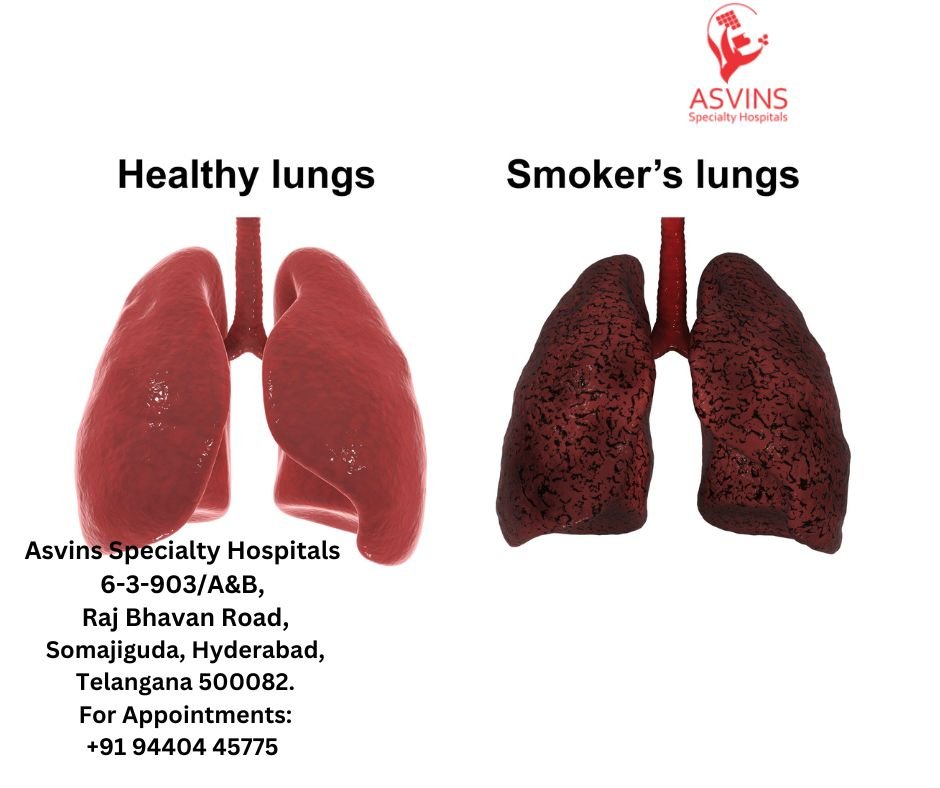Understanding the stages of lung cancer is pivotal for determining the extent of the disease, guiding treatment decisions, and predicting prognosis. In this article, we delve into the various stages of lung cancer to provide a comprehensive overview.
Stage 0 (In Situ): At this early stage, cancerous cells are limited to the innermost layer of lung tissue and haven’t invaded nearby structures. This is often referred to as carcinoma in situ (CIS) and is highly treatable.
Stage 1: In stage 1, cancer is localized to the lung and hasn’t spread to lymph nodes or distant sites. This is the early stage of e lung cancer.
Stage 2: Cancer at this stage may have spread to nearby lymph nodes but is still primarily within the lung.
Stage 3: In stage 3, cancer has typically spread to multiple lymph nodes and may have invaded nearby structures, like the chest wall or diaphragm.
Stage 4 (Metastatic): At the advanced stage 4, cancer has spread extensively to other organs, like the brain, liver, or bones, making it challenging to cure. This stage is often referred to as metastatic or advanced lung cancer.
Each stage of lung cancer demands a unique treatment approach, from surgery and radiation therapy in the early stages to chemotherapy, targeted therapies, and immunotherapy in advanced stages. Accurate staging is crucial for tailoring treatment plans and providing patients with the best possible care.


 Online | Privacy policy
Online | Privacy policy